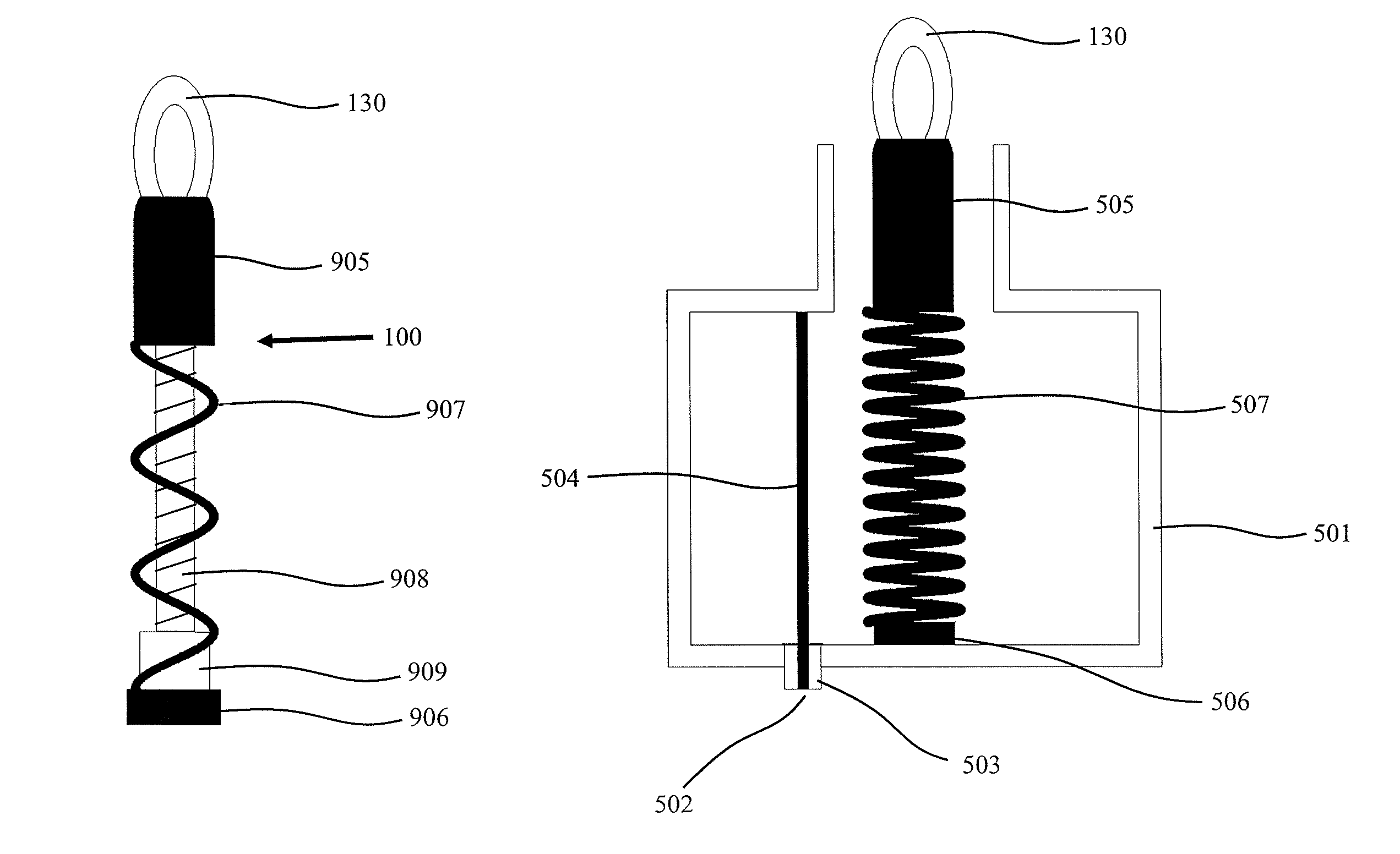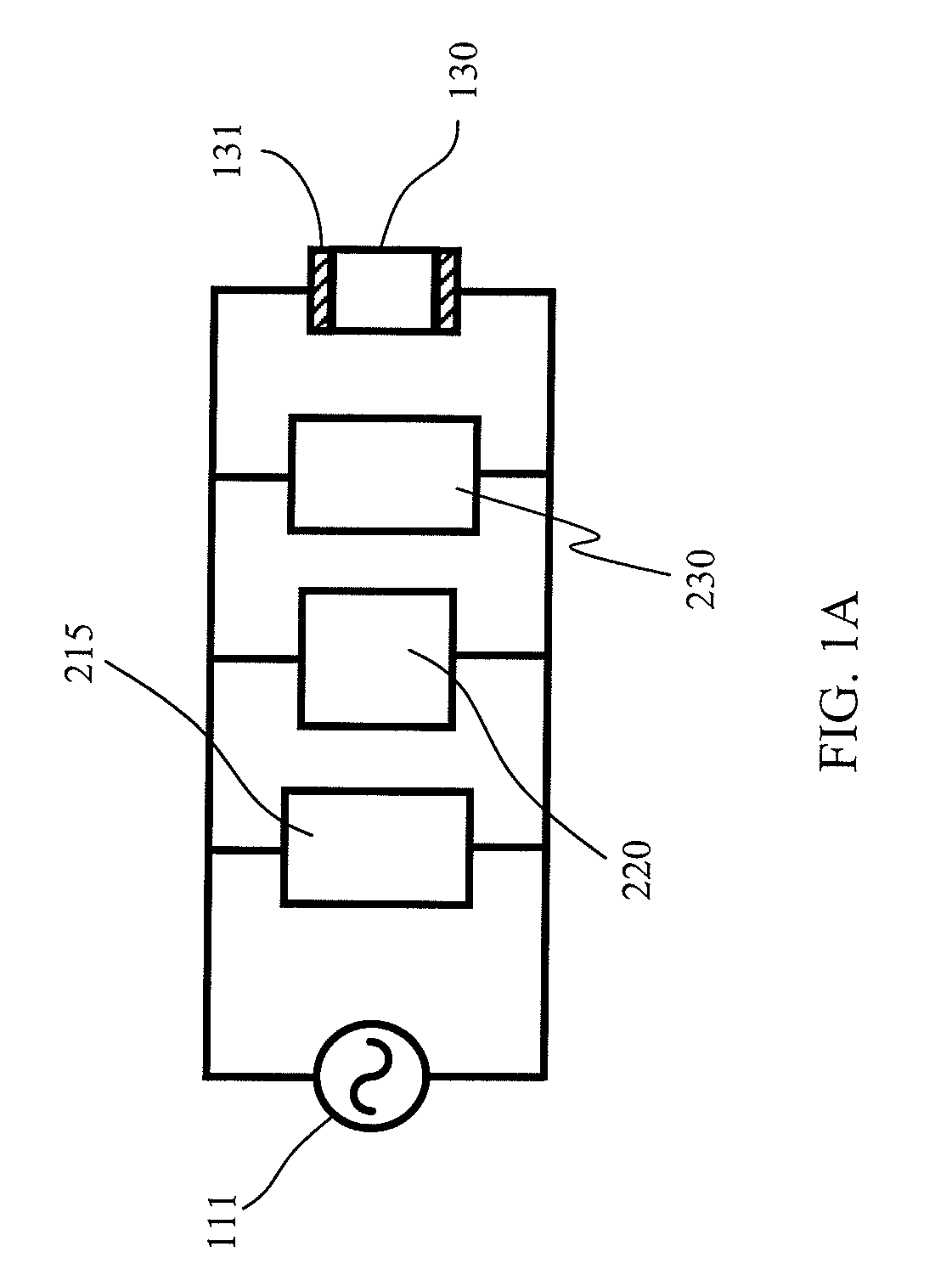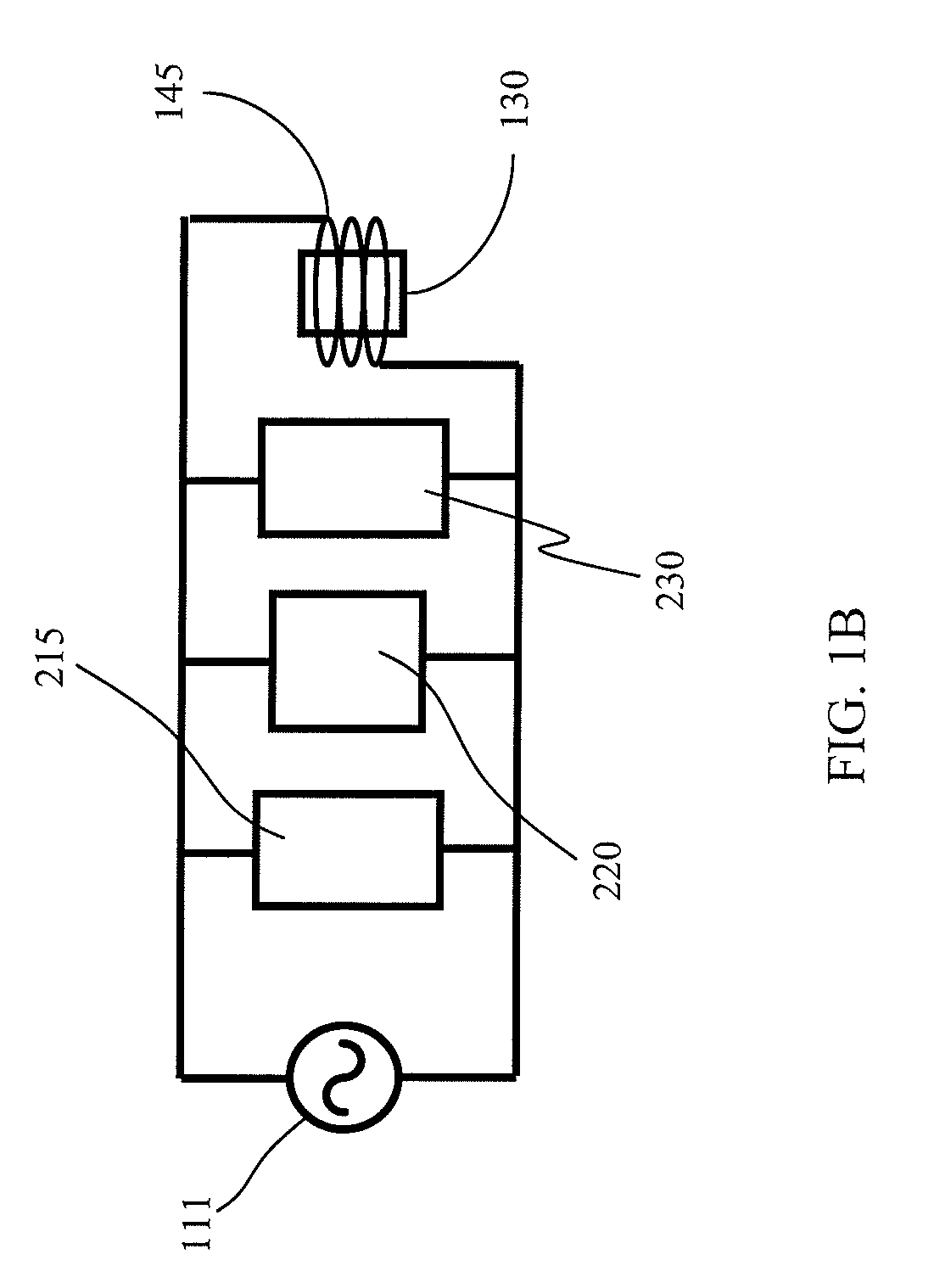Helical structure and method for plasma lamp
a plasma lamp and helical structure technology, applied in the field of lighting techniques, can solve the problems of electrodeless lamps that still have many limitations, electrodeless lamps consume much energy, and have a high initial cost, so as to improve the heat transfer of electrodeless plasma lamps, improve manufacturability and design flexibility, and improve the effect of heat transfer characteristics
- Summary
- Abstract
- Description
- Claims
- Application Information
AI Technical Summary
Benefits of technology
Problems solved by technology
Method used
Image
Examples
Embodiment Construction
[0040]According to the present invention, techniques for lighting are provided. In particular, the present invention provides a method and device using a plasma lighting device having a shaped resonator assembly including a helical or coil structure, which is coupled to a radio frequency source. Merely by way of example, such plasma lamps can be applied to applications such as stadiums, security, parking lots, military and defense, streets, large and small buildings, vehicle headlamps, aircraft landing, bridges, warehouses, uv water treatment, agriculture, architectural lighting, stage lighting, medical illumination, microscopes, projectors and displays, any combination of these, and the like.
[0041]FIG. 1A illustrates a general schematic for efficient energy transfer from an RF source 111 to gas fill vessel 130. This diagram as well as all of the other diagrams are intended to be illustrative of one implementation, which should not unduly limit the scope of the claims herein. One of...
PUM
 Login to View More
Login to View More Abstract
Description
Claims
Application Information
 Login to View More
Login to View More - R&D
- Intellectual Property
- Life Sciences
- Materials
- Tech Scout
- Unparalleled Data Quality
- Higher Quality Content
- 60% Fewer Hallucinations
Browse by: Latest US Patents, China's latest patents, Technical Efficacy Thesaurus, Application Domain, Technology Topic, Popular Technical Reports.
© 2025 PatSnap. All rights reserved.Legal|Privacy policy|Modern Slavery Act Transparency Statement|Sitemap|About US| Contact US: help@patsnap.com



